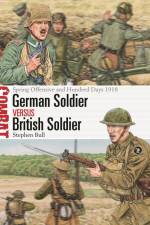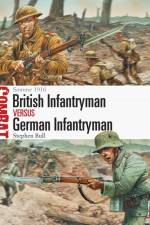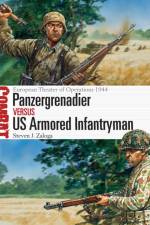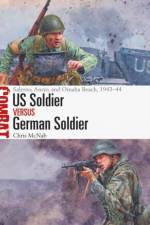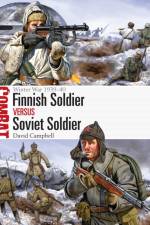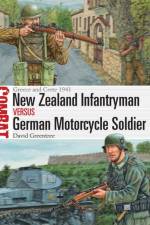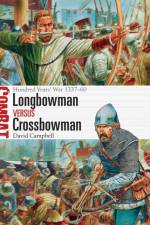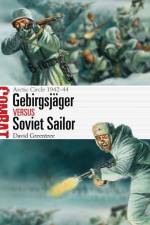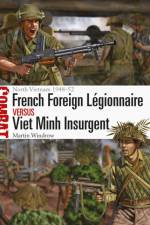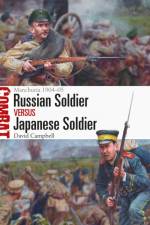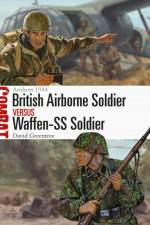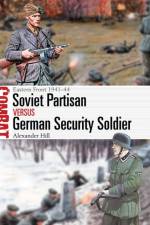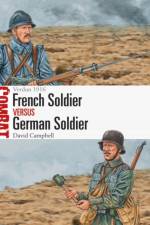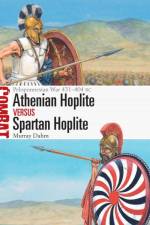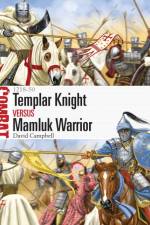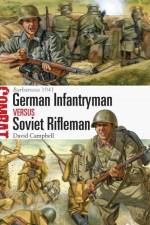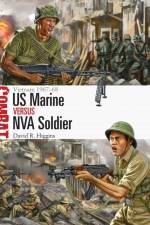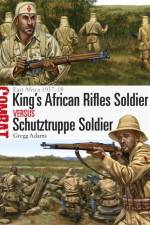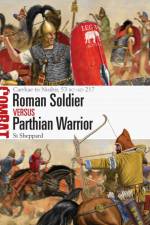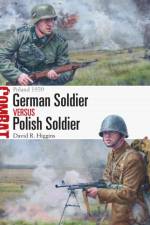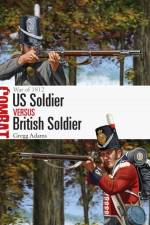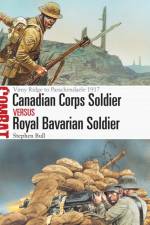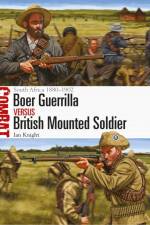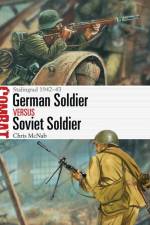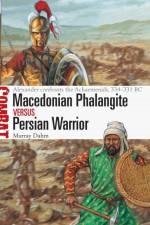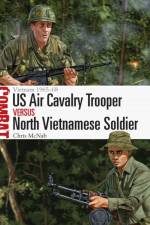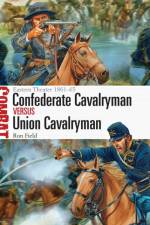- Verdun 1916
av David Campbell
181
Featuring specially commissioned artwork, archive photography, and full-color maps, this engrossing study investigates the doctrine, training, equipment, and combat record of the French and German troops who clashed in three key battles during the epic struggle for the Verdun sector at the height of World War I. On February 21, 1916, the German Army launched a major attack on the French fortress of Verdun. The Germans were confident that the ensuing battle would compel France to expend its strategic reserves in a savage attritional battle, thereby wearing down Allied fighting power on the Western Front. However, initial German success in capturing a key early objective, Fort Douaumont, was swiftly stemmed by the French defenses, despite heavy French casualties. The Germans then switched objectives, but made slow progress towards their goals; by July, the battle had become a stalemate. During the protracted struggle for Verdun, the two sides' infantrymen faced appalling battlefield conditions; their training, equipment, and doctrine would be tested to the limit and beyond. New technologies, including flamethrowers, hand grenades, trench mortars, and more mobile machine guns, would play a key role in the hands of infantry specialists thrown into the developing battle, and innovations in combat communications were employed to overcome the confusion of the battlefield. This study outlines the two sides' wider approach to the evolving battle, before assessing the preparations and combat record of the French and German fighting men who fought one another during three pivotal moments of the 10¿-month struggle for Verdun.

